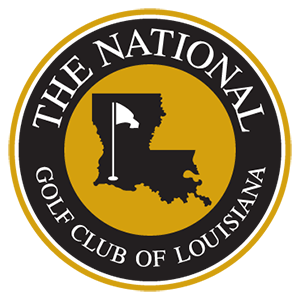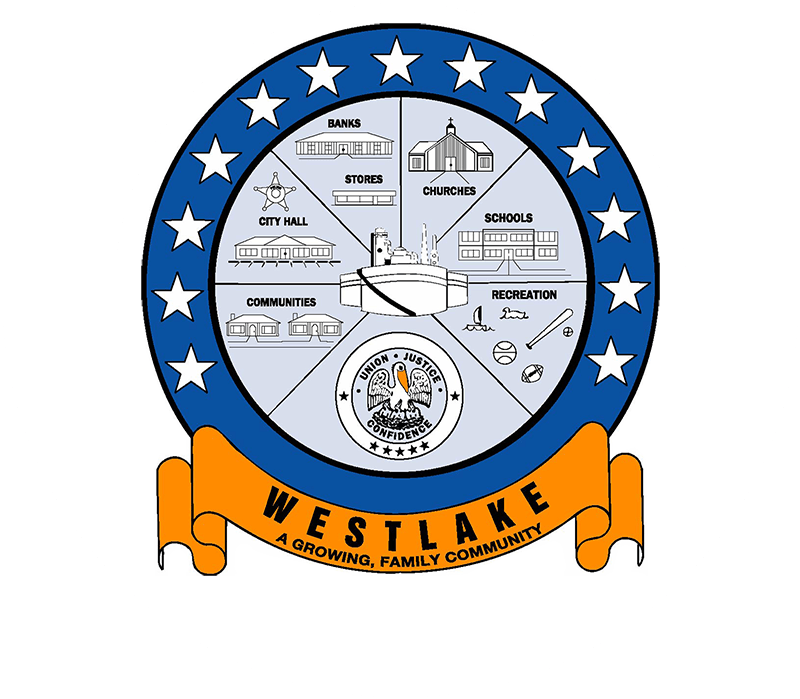History: City of Westlake
Sawmills provided most of the work in early and mid-19th-century Westlake, a community that was built around the earlier settlement of Bagdad, also known as Lisbon. Settlers arrived by way of water routes and few makeshift roads were in existence at the time. Early residents included families from France, the British Isles, Germany, Denmark, Spain, and the eastern United States.
In 1857, King's Mill was in operation on the west bank of the Calcasieu River. In 1881, Allen J. Perkins bought the site from W.B Norris, and Westlake began to boom. Westlake really became a defined community in 1888 when Mr. Perkins, a lumberman who operated a sawmill with Charles Miller, subdivided 160 acres just north of where the Interstate 10 bridge now stands. By this time, the community consisted of a commissary, school, barbershop, saloon, and syrup mill. There was also a small post office, a number of dwellings, and a steamboat that shuttled people, livestock, merchandise, and materials back and forth from Westlake to Lake Charles. This was about the same time the Louisiana Western Railroad (now Union Pacific) was being built across south Louisiana.
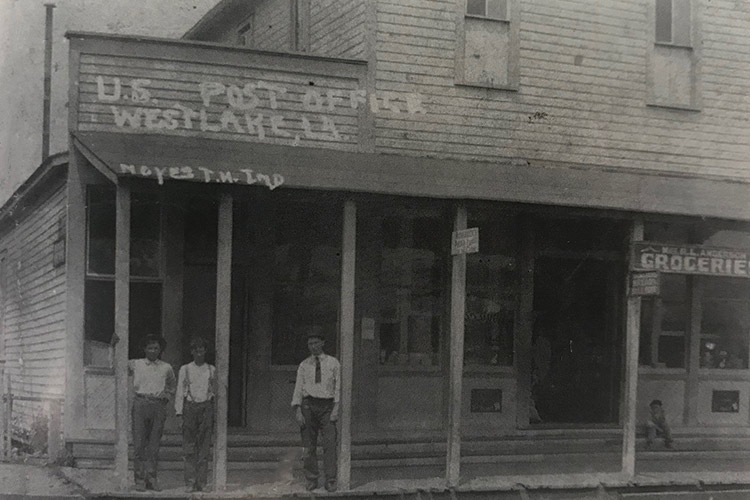
Capt. A.W. Wehrt owned and operated the steam ferryboat, "Hazel, " which operated between the foot of Perkins Street in Westlake to the foot of Pujo Street in Lake Charles. The ferry discontinued operation in 1916 after construction of the bridge south of Westlake to link this town with the city of Lake Charles. Many Westlake residents were among the most affluent in Calcasieu Parish and enjoyed taking the ferryboat Hazel across Lake Charles to attend the opera, go shopping, and stay overnight at the Rigmaiden Hotel. Even so, cattle roamed the streets at will and bedded down at night in the thick dust of the unpaved streets in Westlake.
Most had come to call the community West Lake Charles, but postal officials objected to the "West" designation, so the compromise was Westlake. It would be nearly the middle of the next century, in fact, 1945, before the town would become incorporated.
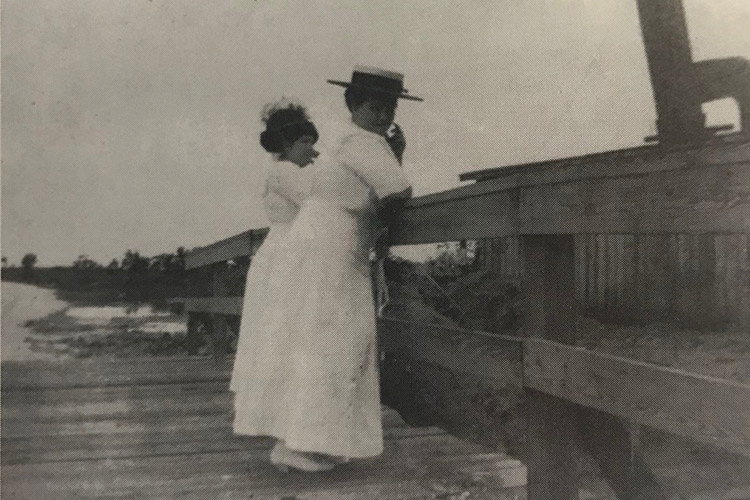
In 1910, money was raised to widen and deepen the Clooney cutoff for steamers. When the channel from the Calcasieu River to Sabine River was deepened, the Clooney cutoff was enlarged to its present size. Progress began when industry arrived in 1936 in the form of the Mathieson Alkali Works, with the construction of a $6.5 million magnesium plant. During World War II, many other industries came to the Westlake area. In 1944, 30 community leaders organized a petition for incorporation for the town, each contributing $10 to pay legal fees. Governor Jimmy Davis declared Westlake an official municipality in 1945.
The location of Westlake is 30 degrees north latitude, 93 degrees west longitude. It is 15 feet above sea level. Lake Charles is to the southeast, Houston River to the north, and Calcasieu River, which runs from the northeast to the southwest, in on the east side of the city. The average annual temperature is 70 degrees Fahrenheit. The average annual rainfall is 55 inches.
The location of Westlake is 30 degrees north latitude, 93 degrees west longitude. It is 15 feet above sea level. Lake Charles is to the southeast, Houston River to the north, and Calcasieu River, which runs from the northeast to the southwest, in on the east side of the city. The average annual temperature is 70 degrees Fahrenheit. The average annual rainfall is 55 inches.
The population of Westlake has grown considerably over the last 30 years, primarily because of the growth of industry. In 1950, the population was 1,871; in 1960, it was 3,311; in 1970, it was 4,082; in 1999, it was 5,124; in 2000, it was 4668.
There is no agricultural in Westlake. Local industries include Sasol, PPG, and Georgia Gulf. Industrial exports go out by ship, barge, interstate, rail, and pipeline. The railroads are the Union Pacific Railroad (formerly Southern Pacific) and the Kansas City Southern Line. Entergy and Beauregard Electric supply electricity to our area. There are no airports in our city, but there is one commercial and one industrial airport within 15 miles of Westlake.
There are approximately 175 small businesses that serve the city, as well as one high school, one middle school, two elementary schools, four financial institutions, and 18 churches.
The form of government is Mayor and Council, consisting of the mayor and five council members serving four-year terms. Our present mayor is Robert "Bob" Hardey and council members are Skeeter Hayes, Jeremy Cryer, Michael T. Bergeron, Dan Racca, and Kenny Brown.
As the gateway to Sam Houston Jones State Park, the community of Westlake has flourished with amazing dexterity and zeal. Improvements have been taking place, rapidly making Westlake the ideal place to live.
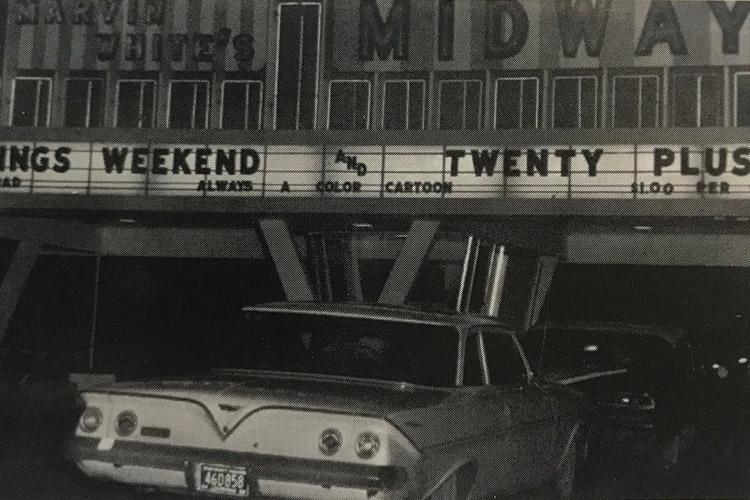
The city is home to an 18-hole championship golf course which is nestled on 600 acres on the north end of Westlake. Westlake is in the process of developing beautiful subdivisions surrounding the golf course. Augusta Village subdivision lots are available now and more are being released for development.
Westlake residents are proud of the city's assets and they continue to further themselves always maintaining their standards with integrity. Aware of their responsibilities, their deepest desire is to make the community a place where they can rear their children in a wholesome atmosphere, see the profits of their hard work, and be proud to hold their heads up high. Beneath all this, though, there is a realization of their fortune and blessings. Each and every one is thankful for the success of our growing locale.
The city supplies water and natural gas to our residents. We also serve the settlement north of us and the Moss Bluff/Gillis area with natural gas. Our wastewater is treated at a regional treatment facility in Sulphur, and our solid waste is contracted by a private firm. The fire rating for our city is a Class 3, with credit given to one of the finest fire departments in the area. We maintain a low crime rate with much recognition given to a great police department. Our residents enjoy the benefits of security and peaceful living.
Our town is a picture of neatness and modest beauty. We all know that the impression we give to the outside world reflects on us, not only as individuals, but also as a community.
In conclusion, if you consider all that has been said, we believe "Westlake is the ideal place to live!"
